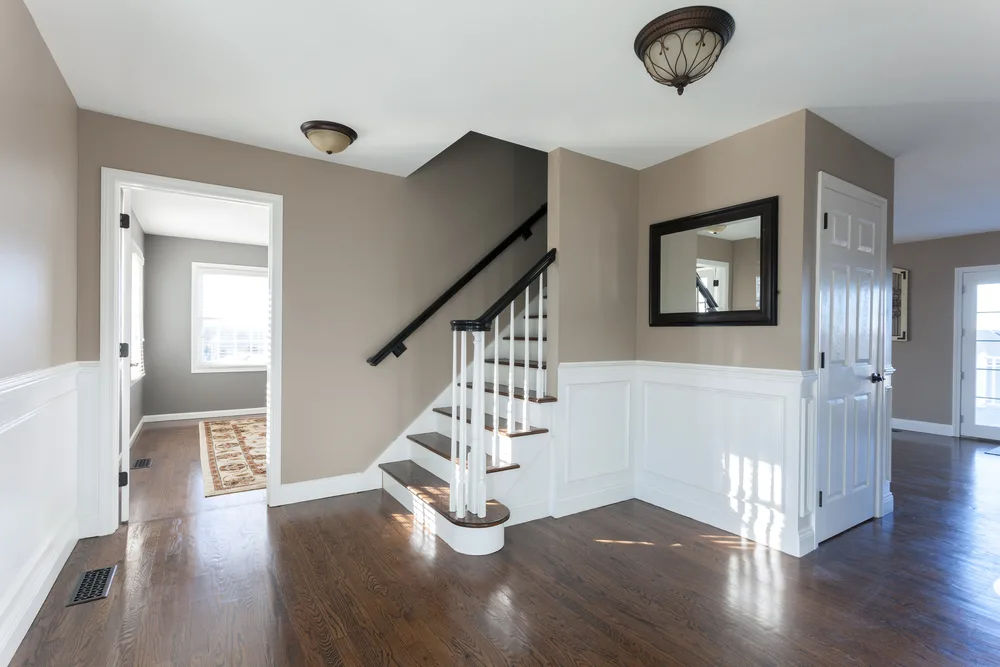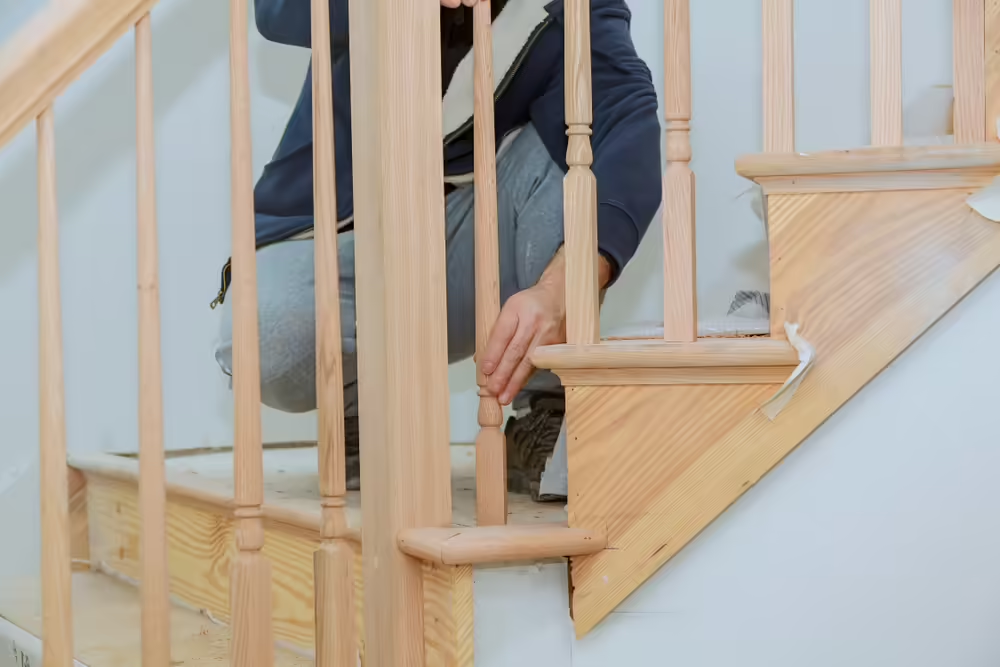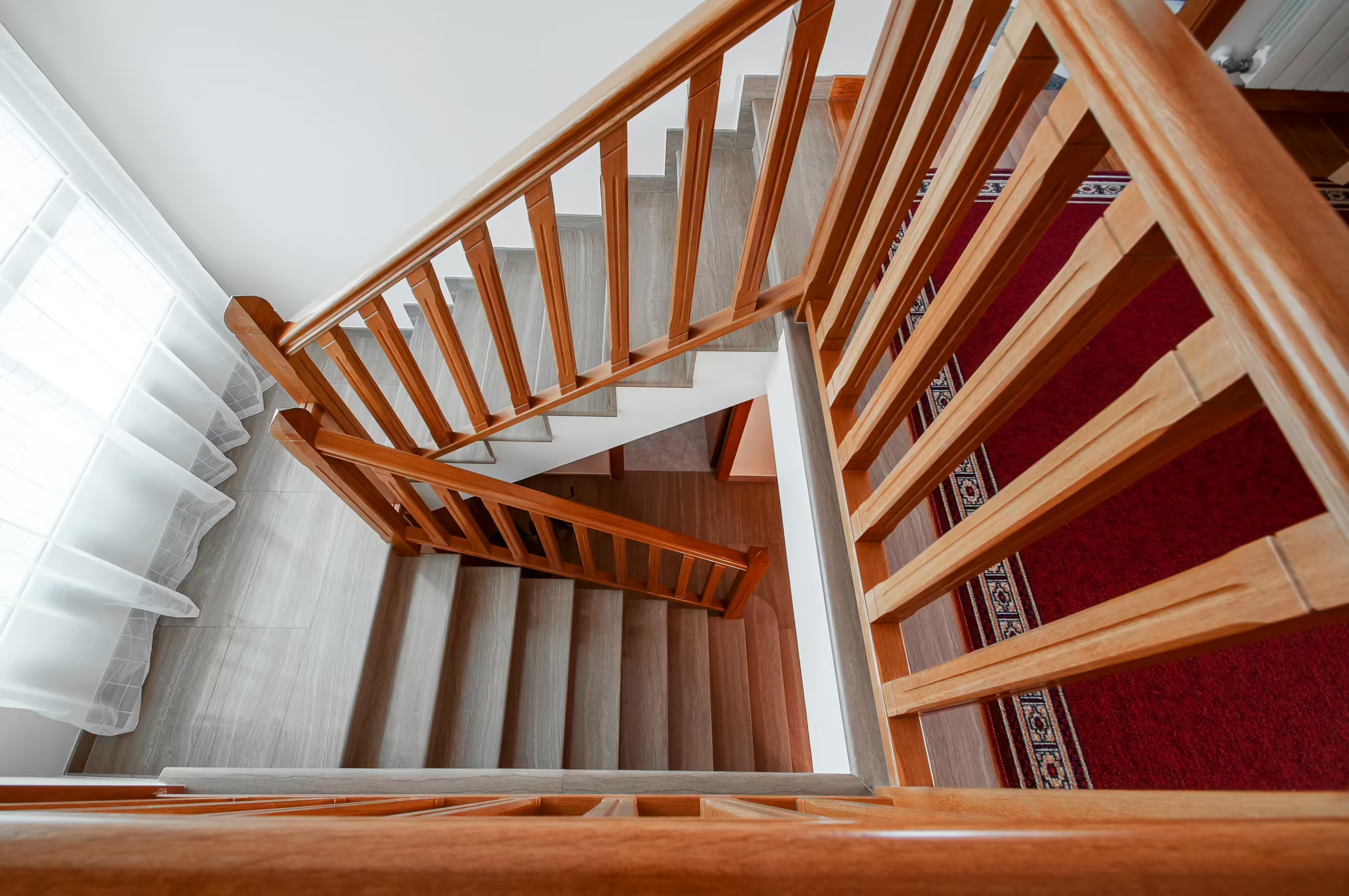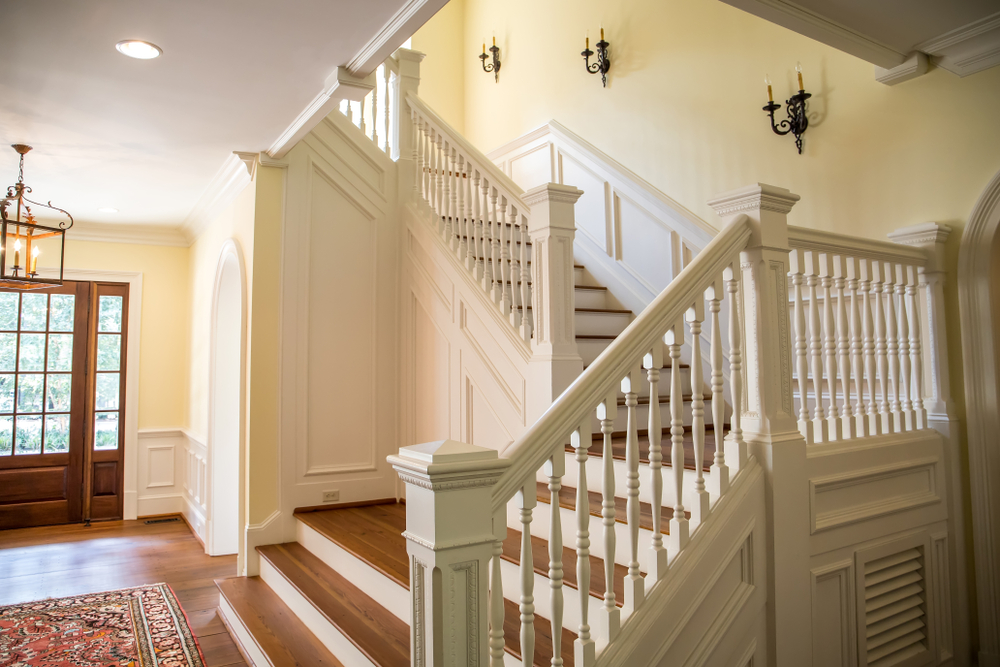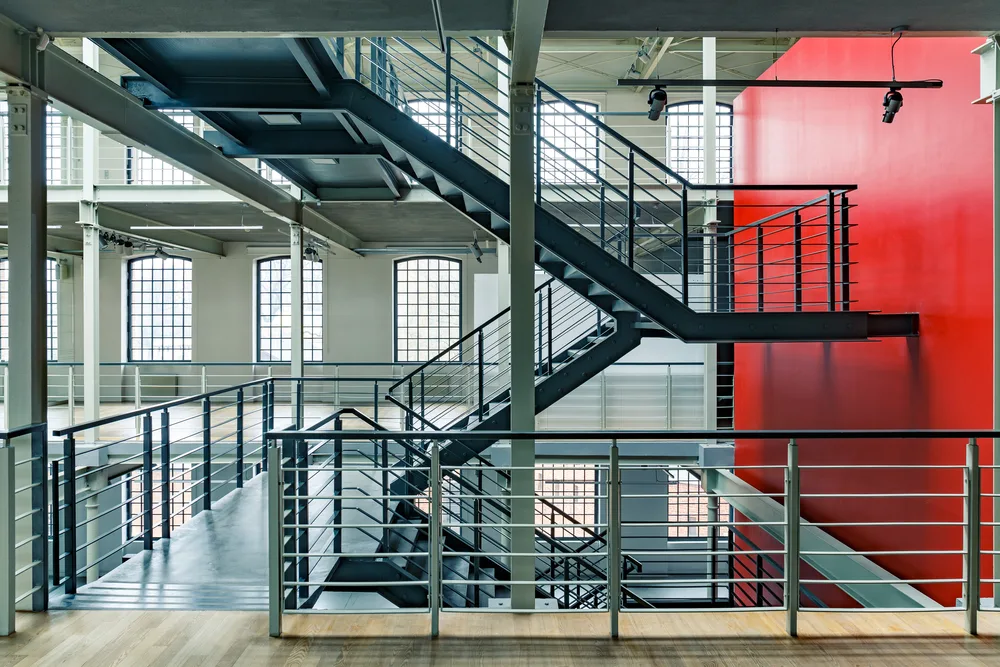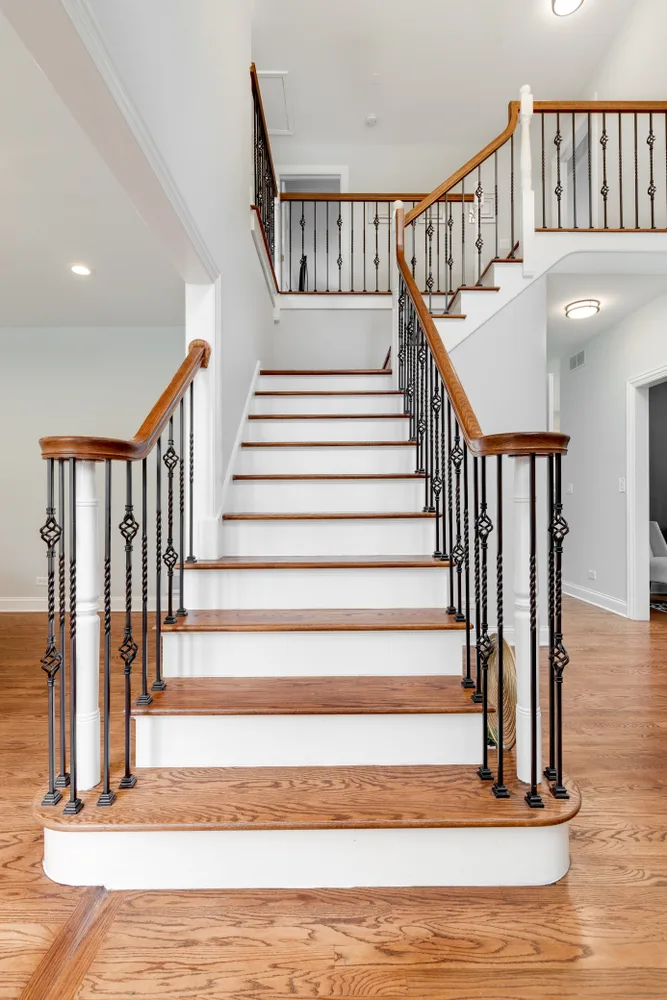Installing stair railings can seem like a straightforward process, but several mistakes that homeowners and DIY enthusiasts often make can compromise the safety and aesthetics of their project. At Buy Rail Parts, we’ve seen how improper installation can lead to both functional and cosmetic issues. To help you avoid these pitfalls, we share some common mistakes to avoid when installing stair railings.
1. Incorrect Measurements
One of the most frequent mistakes when installing stair railings is getting the measurements wrong. Even a slight miscalculation can throw off the entire project. Some common measurement errors include:
- Height of the railing: Many people install railings that are too low or too high, which not only looks awkward but can also be a safety hazard. The ideal handrail height is typically between 34 and 38 inches from the stair tread.
- Length of the railing: Failing to account for the full length of the stairs, including landings and transitions, can result in a railing that doesn’t provide full coverage. Always ensure that your railing lengths are sufficient enough to accommodate mitered ends on each side. It is a good practice to order at least an additional 12 inches to mediate errors.
- Spacing between balusters: Too much or too little space between balusters can also lead to safety risks. Make sure the space between balusters does not exceed 4 inches, which is the standard for preventing accidents, particularly with children.
To avoid these issues, it’s crucial to double-check all measurements before cutting or purchasing materials. Always consult your local building codes for specific guidelines.
2. Choosing the Wrong Materials
Another common mistake is selecting the wrong materials for your stair railing. While aesthetics are important, durability and function should be the primary considerations. Homeowners often make the following errors:
- Mismatched components: If your railings, balusters, and hardware are not compatible, you may end up with an unstable structure. Always ensure that the components you choose are designed to work together.
- Skipping protective coatings: For both indoor and outdoor railings, skipping protective finishes can lead to premature wear and tear. For metal railings, make sure they are powder-coated to prevent rust. Wooden railings should be sealed to avoid moisture damage.
At Buy Rail Parts, we offer a wide selection of high-quality materials specifically designed for indoor use so you can choose the right products for your project.
3. Improper Installation Techniques
Even if you have the right materials and measurements, improper installation can still cause significant issues. Here are some common mistakes to avoid:
- Inadequate support: A railing that lacks sufficient support can become loose over time, posing a serious safety risk. Ensure that your railing is securely anchored to a stable surface, such as a wall or post.
- Incorrect hardware: Using the wrong type of hardware, or not using enough, can compromise the stability of your railing. Always choose hardware that is appropriate for the material of your railing to ensure a secure installation.
- Misaligned placement: Installing railing components in the wrong positions can create an unstable and unsafe structure. Double-check all measurements and placement guidelines to ensure each part is securely and accurately positioned.
4. Overlooking Safety Codes
Every municipality has its own set of safety codes and regulations when it comes to stair railing installation. Failing to adhere to these can result in fines or the need to redo the project. Common safety code violations include:
- Railing height: As mentioned earlier, most codes require handrails to be between 34 and 38 inches in height.
- Baluster spacing: Safety codes also dictate the spacing between balusters to prevent accidents.
- Guardrails: In some areas, additional guardrails are required if the stairway exceeds a certain height. Be sure to check your local building codes to ensure your installation is compliant.
At Buy Rail Parts, we recommend that you research the codes in your area before beginning your project to avoid unnecessary complications. Our team is also available to help you choose products that meet local safety requirements.
Contact Our Team
Installing stair railings can be a rewarding DIY project, but it’s essential to avoid these common mistakes to ensure both the safety and longevity of your installation. Taking the time to measure accurately, choose the right materials, follow proper installation techniques, and adhere to local safety codes will set you up for success.
If you’re planning a stair railing installation and need expert advice or quality materials, contact Buy Rail Parts today. Our knowledgeable team is here to help you find the right products for your project and ensure a smooth, hassle-free installation. Don’t risk making mistakes—trust the experts at Buy Rail Parts to guide you every step of the way!
